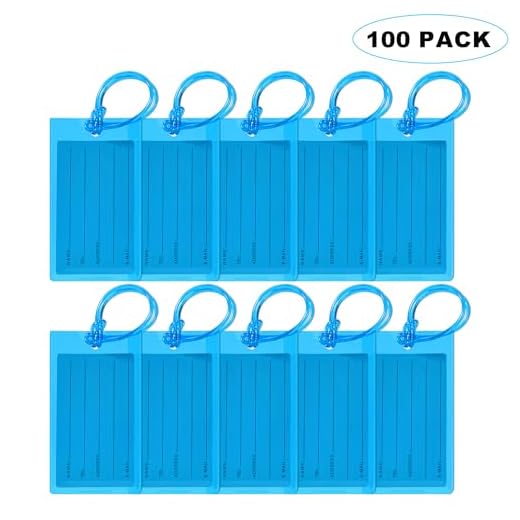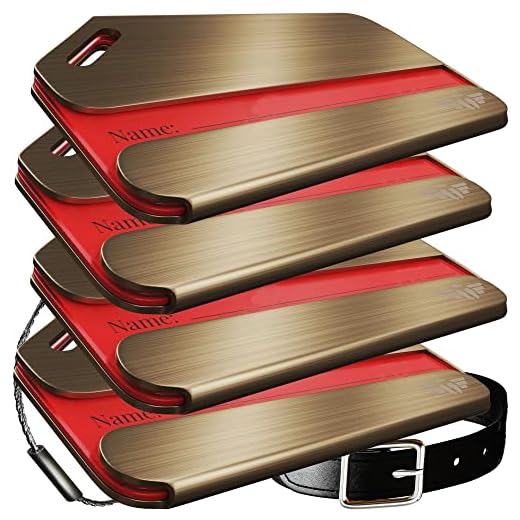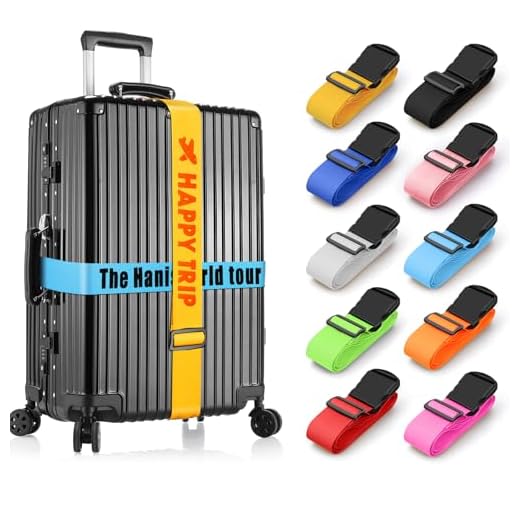







For a seamless travel experience, always check airline policies regarding baggage transfers on layover trips. In many cases, your items will be automatically transferred to your next aircraft if both segments are booked on a single ticket with the same airline or its partners.
In situations where separate tickets are involved, travelers need to personally collect their items after the first leg and re-check them for the subsequent portion. This is crucial, especially if the layover time is minimal, as you’ll need to ensure enough time to clear customs, retrieve your belongings, and re-check them at the new terminal.
Travelers should also familiarize themselves with the specifics of their chosen airlines. Some carriers may offer convenient options like baggage through-checks, while others can impose strict regulations requiring passengers to handle their own belongings. Always have the contact information for the airline handy in case of discrepancies or issues with your belongings.
Understanding the baggage transfer process between flights
During a transit between two air travel segments, awareness of how your possessions are transferred is key. In most cases, there is no need for passengers to retrieve their items if both journeys are on the same airline or within a partnered airline network. This automatic transfer streamlines the process and mitigates potential issues.
What to Expect During Transfer
Check the airline’s policy regarding inter-airline agreements. In many situations, when a single ticket is issued for travel on both segments, the shipment of your belongings to the final destination is assured. Keep these points in mind:
| Factor | Details |
|---|---|
| Same Airline | Your possessions typically go directly to the destination without re-checking. |
| Partnered Airlines | In most cases, items are transferred automatically; confirm with the airline. |
| Different Airlines | Usually requires re-checking; check your itinerary for specifics. |
Additional Tips
If there are lengthy pauses between segments, verify the necessity to claim your belongings. In layovers that extend beyond a certain threshold, some airlines might mandate that travelers collect their items. Always review your itinerary and confirm at check-in for any updates pertaining to your possessions. Furthermore, labelling your bags with clear, identifiable tags can aid in case of discrepancies during the transfer process.
Identifying luggage that requires re-checking during layovers
To determine whether your bags should be scanned again during a layover, pay attention to three key factors: your itinerary, the airlines involved, and your arrival and departure airports. Check if the carrier on both segments is the same; if not, it’s likely you’ll need to collect and recheck your bags.
Itinerary Analysis
Review your ticket details. If you have a single reservation with connecting segments, bags usually transfer automatically. However, separate bookings may necessitate physical re-checking at the layover point. Some international trips require travelers to reclaim bags to clear customs, which mandates additional check-in procedures.
Airport Regulations
Familiarize yourself with the policies of the airports involved in your itinerary. Certain terminals enforce strict customs regulations that necessitate bag collection, particularly for flights entering specific countries. Always confirm these rules in advance to avoid any surprises during your travels.
For anyone interested in enhancing their outdoor gardening experience, explore the best cordless lawn mower for stripes uk to maintain your garden while managing travel effectively.
Exploring airline policies on connecting flight baggage
Check the specific guidelines of your airline regarding the management of baggage across multiple segments. Policies may vary significantly between carriers, affecting how belongings are transported during stops.
Key Factors to Consider
- Single vs. Multiple Tickets: If your itinerary involves different carriers on separate bookings, you will likely need to claim and re-check your possessions at the layover airport.
- Interline Agreements: Some airlines have established partnerships allowing for seamless transfers of belongings without requiring an additional claim. Verify if your tickets are on same or partner airlines.
- Layover Duration: Short connections may lead to belongings being transferred automatically, whereas longer layovers often necessitate a manual re-check.
Checking Airline Policies
Consult the airline’s official website or customer service for the most accurate information regarding your itinerary. Their policies may specify:
- Allowed dimensions and weight for each leg’s baggage
- Fees for additional items or overweight baggage
- Timeframe recommendations for connections to ensure smooth transitions
Understanding these aspects aids in efficient travel planning and avoids unnecessary delays or complications during your journey.
Steps to Ensure Your Luggage is Properly Tagged for Connections
Verify the correct destination tag is affixed to your bags at check-in. This step guarantees they will reach the intended location during transfers.
Communicate your itinerary clearly to the airline staff during check-in. Specify each segment of travel, especially if there are multiple carriers involved.
Confirm baggage tracking options offered by the airline. Utilize mobile applications or websites to monitor the status of your bags as you transition between aerial segments.
Inspect the tagging information printed on the baggage claim ticket provided during check-in. Ensure it matches your travel schedules and destinations.
Ask pertinent questions regarding transit times and procedures if your route includes layovers. Understanding how much time you have can influence whether you need to retrieve and recheck your items.
Inquire about the airline’s policies concerning checked items on separate tickets. This knowledge is crucial as some airlines do not automatically transfer bags when using different bookings.
Keep all travel documents, especially boarding passes and baggage claim tickets, organized and readily accessible. This readiness can expedite any necessary troubleshooting related to your possessions.
opt for travel insurance that covers lost or delayed baggage. This coverage can offer peace of mind and financial protection against unforeseen issues during transit.
Common issues and troubleshooting baggage delays on connecting flights
To tackle potential delays with your belongings during transfers, ensure you arrive at your departure point with ample time before your scheduled departure. This minimizes the risk of tight connections affecting baggage handling.
Identifying key points for resolution
Misrouted items often occur when passengers change carriers without sufficient time allotted. Always verify the duration of your stopover and confirm baggage transfer policies between airlines to avoid complications. If you notice delays at your destination, promptly visit the airline’s baggage services desk located at the airport. Provide them with your claim tag and itinerary details for quick assistance.
Preventive measures
One proactive approach involves ensuring tags are affixed to each item upon check-in. In cases where visual identification is crucial, utilize distinct identifiers like colored ribbons or stickers. Additionally, researh carriers’ baggage tracking options; many airlines offer mobile updates that can help you monitor the status of your possessions. Should you experience a delay, document the situation and collect receipts for essentials, as this can assist in potential compensation claims.
Tips for Minimizing Luggage Hassles During Layovers
Keep valuables and essential items in a carry-on. This ensures access during layovers and avoids potential loss or delay with checked bags.
Check Airline Policies
Review each airline’s baggage policies before your trip. Guidelines may differ regarding weight limits, size, and fees for additional pieces, which can save time at the airport.
Organize Your Packing
Use packing cubes or compression bags. This simplifies organizing belongings, making it easier to repack if necessary during transfer periods.
Ensure belongings are easily identifiable. Bright-colored luggage or personalized tags improve visibility on the carousel, reducing time spent searching.
Best luggage with front pocket can enhance accessibility for items frequently needed during layovers.
Arrive at least two hours early. Factor in additional time for security checks and navigating between terminals if necessary.
Consider travel insurance that covers delays or lost items. This can provide peace of mind and financial coverage in case of mishaps.
Finally, keep all travel documents organized and easily accessible. This streamlines processes at check-in and security, minimizing wait times and stress.








